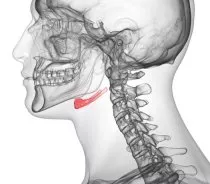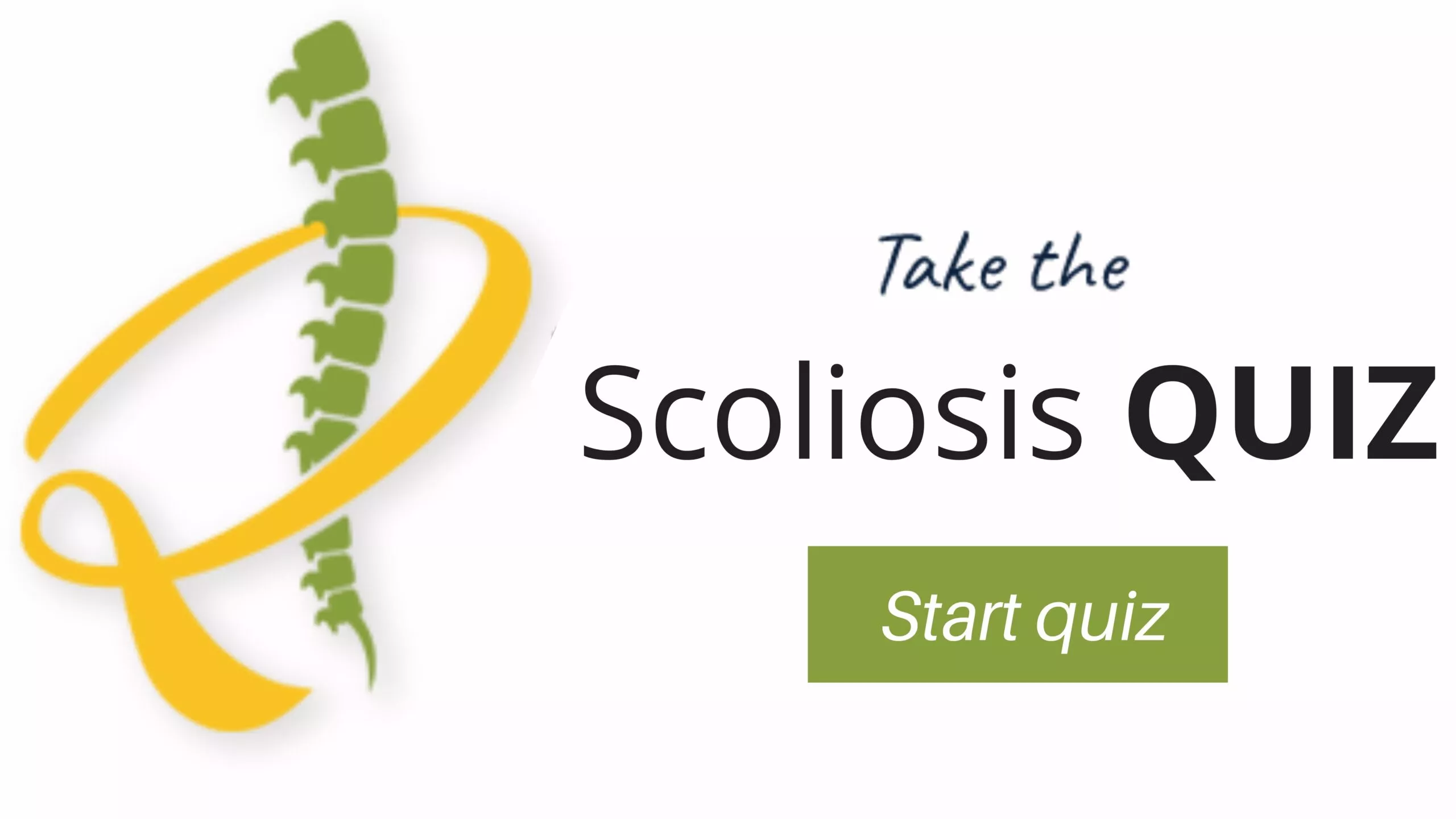Our doctors are experts in treating spinal problems in the neck area. Call and make an appointment today.
Anterior Cervical Discectomy and Fusion (ACDF)
 Surgeons may recommend an anterior cervical discectomy and fusion (ACDF) procedure for several reasons. However, it all depends on the patient’s specific condition and symptoms. Here are some common reasons why a surgeon may perform ACDF:
Surgeons may recommend an anterior cervical discectomy and fusion (ACDF) procedure for several reasons. However, it all depends on the patient’s specific condition and symptoms. Here are some common reasons why a surgeon may perform ACDF:
Herniated Disc: When a disc in the cervical spine becomes herniated or bulging, it can put pressure on the spinal cord. Then, this leads to pressure on nerves resulting in pain, weakness, numbness, or tingling in the neck, shoulders, arms, or hands. Normally, doctors will perform an ACDF to remove the herniated disc and alleviate the pressure on the affected nerves.
- Degenerative Disc Disease: With age, the intervertebral discs in the neck can undergo degenerative changes, such as loss of hydration and height. Overall, this can result in neck pain, stiffness, and reduced mobility. Thus, doctors may recommend ACDF to remove the damaged disc and restore stability to the affected spinal segment.
- Spinal Stenosis: Spinal stenosis refers to the narrowing of the spinal canal, which can compress the spinal cord or nerve roots. Similarly, this condition can cause neck pain, weakness, numbness, and difficulty with balance and coordination. Thereupon, surgeons can perform ACDF to decompress the spinal cord and nerves, creating more space within the spinal canal.
- Spinal Instability: If the cervical spine becomes unstable due to trauma, degenerative changes, or previous surgeries, it can lead to pain, abnormal movement, and potential neurological symptoms. When this occurs, surgeons can perform ACDF to stabilize the spine by fusing the affected vertebrae together.
- Cervical Disc Infection or Tumor: In rare cases, infections or tumors can affect the cervical discs, leading to pain, neurological symptoms, and potential complications. Again, doctors will recommend ACDF to remove the infected or tumor-affected disc and address the underlying condition.
Questions and Answers
What is Anterior Cervical Discectomy and Fusion (ACDF)?
ACDF is a surgical procedure used to remove a damaged or herniated disc. The surgeon operates in the neck region (cervical spine) and fuses adjacent vertebrae. During the procedure, the surgeon accesses the cervical spine through the front of the neck. The surgeon then removes the affected disc and replaces it with a bone graft or an artificial spacer. The fusion of the vertebrae provides stability and alleviates neck pain, arm pain, and numbness caused by nerve compression.
What conditions can be treated with Anterior Cervical Discectomy and Fusion (ACDF)?
ACDF is commonly used to treat several conditions affecting the cervical spine, including:
- Herniated discs: When the inner gel-like material of a disc protrudes and presses against the spinal cord or nerve roots, causing pain and other symptoms.
- Degenerative disc disease: The breakdown of spinal discs due to aging or wear and tear, leading to pain and reduced mobility.
- Spinal stenosis: The narrowing of the spinal canal, resulting in pressure on the spinal cord or nerves and causing pain, weakness, or numbness in the neck, arms, or hands.
- Cervical spondylosis: The general wear and tear of the cervical spine, which can lead to the development of bone spurs, disc degeneration, and other related symptoms.
What is the recovery process like after Anterior Cervical Discectomy and Fusion (ACDF)?
The recovery process following ACDF may vary depending on individual factors and the complexity of the procedure. However, the following represents most individuals.
- Hospital stay: Patients typically stay in the hospital for one or two days following surgery.
- Neck immobilization: A cervical collar or brace can restrict movement and support the neck during the initial healing phase.
- Doctors will prescribe pain management: Medications to manage post-operative pain and discomfort.
- Physical therapy
Summary
The decision to perform ACDF occurs after a thorough evaluation of the patient’s symptoms, medical history, physical examination, and diagnostic imaging (such as X-rays, MRI, or CT scans). Surgeons consider factors such as the severity of symptoms, the extent of spinal cord or nerve compression, and the patient’s overall health when determining if ACDF appears as the appropriate treatment option.
It’s essential for patients to consult with a qualified spine specialist or surgeon to receive an accurate diagnosis. With the diagnosis a personalized treatment plan tailored to their specific condition can be formulated.
The Anterior Cervical Discectomy and Fusion Procedure
Anterior cervical discectomy and fusion (ACDF) is a surgical procedure performed to treat certain conditions affecting the cervical spine (neck region). Surgeons use this procedure to address herniated discs, degenerative disc disease, spinal stenosis, or spinal instability in the cervical spine. The following describes the ACDF procedure:
- Anesthesia: The patient undergoes general anesthesia, ensuring they are asleep and pain-free throughout the surgery.
- Incision: The surgeon makes a small incision in the front of the neck, usually along a natural skin crease. This allows direct access to the affected cervical spine.
- Discectomy: The surgeon carefully moves aside structures like muscles, blood vessels, and the windpipe to reach the affected disc or discs. The surgeon will remove the problematic herniated or degenerated disc. This helps alleviate pressure on spinal nerves and the spinal cord.
- Bone Graft Placement: After removing the damaged disc, the empty disc space needs stabilization. To achieve this, the surgeon places a bone graft in the space previously occupied by the disc. Our surgeons can take the bone graft from the patient’s own body, typically from the hip, or from a donor or synthetic materials.
- Fusion: To promote the fusion of the adjacent vertebrae, additional support is provided using a plate and screws. The plate consists of metal and the surgeon will secure it to the vertebrae, holding them in the correct position during the fusion process. Over time, the bone graft fuses with the adjacent vertebrae, creating a solid and stable spinal segment.
- Closure: The surgeon carefully closes the incision using sutures or staples. Special attention is given to ensure proper wound healing and minimize scarring.
Summary
Post-surgery, patients may need to stay in the hospital for a day or two for monitoring. They are typically advised to wear a neck brace or collar to support the healing process and provide stability to the neck. The doctor may recommend rehabilitation and physical therapy to help restore neck strength and flexibility.
ACDF is a well-established procedure with a high success rate in providing pain relief and restoring spinal stability in suitable cases. However, the specific details of the surgery may vary depending on the individual patient’s condition and the surgeon’s approach. It’s important to consult with a qualified spine specialist or surgeon to determine if ACDF is the appropriate treatment option for your specific condition.
Anterior Cervical Discectomy and Fusion Recovery
Understanding the recovery process can help patients prepare themselves physically and mentally for the journey ahead.
- Post-Surgical Care: After ACDF surgery, patients are usually admitted to the hospital for a brief period. Normally, the patient stays in the hospital for one to two days for post-operative care.
- Neck Immobilization: To support the healing process and minimize stress on the surgical site, the doctor may prescribe a cervical collar or brace. This device restricts movement and helps maintain proper alignment of the cervical spine.
- Pain Management: Pain and discomfort are normal aspects of the recovery process. To alleviate these symptoms, healthcare providers prescribe pain medications, typically in the form of oral analgesics.
- Physical Therapy and Rehabilitation: Physical therapy is an integral part of the recovery process following ACDF surgery. The timing for initiating physical therapy may vary based on the surgeon’s recommendation and the patient’s individual progress. Physical therapists will guide patients through exercises and stretches aimed at restoring neck strength, flexibility, and overall function.
- Returning to Daily Activities: Returning to regular daily activities is a gradual process that the patient should approach with caution. Patients are typically advised to avoid strenuous activities. For instance, patients should not engage in heavy lifting, and excessive bending or twisting of the neck during recovery.
- Follow-Up Appointments: Regular follow-up appointments with the surgeon are essential to monitor the progress of the recovery and assess the surgery. During these appointments, the surgeon may perform imaging tests to evaluate the fusion’s success and address any concerns or complications.
- Emotional and Mental Well-being: Recovery from ACDF surgery not only involves physical healing but also emotional and mental well-being. It is natural to experience a range of emotions, including anxiety, frustration, or impatience during the recovery process.
Summary
Recovery from Anterior Cervical Discectomy and Fusion requires adherence to post-operative instructions, and active participation in the rehabilitation process. By understanding the recovery journey and collaborating closely with healthcare professionals, patients can optimize their chances of a successful outcome. Remember, every individual’s recovery timeline may vary, and it is essential to consult with the surgeon for personalized guidance throughout the process.
Why Choose the Southwest Scoliosis and Spine Institute?
Patients should choose the Southwest Scoliosis and Spine Institute for the anterior cervical fusion procedure due to the institute’s commitment to excellence and our team of highly skilled doctors and surgeons consisting of Richard Hostin, MD, Devesh Ramnath, MD, Ishaq Syed, MD, Shyam Kishan, MD, and Kathryn Wiesman, MD. With a focus on scoliosis and spine conditions, the institute with offices in Dallas, Plano and Frisco, Texas has developed specialized expertise in performing this procedure. The surgeons at the Southwest Scoliosis and Spine Institute with offices in Dallas, Plano, and Frisco, Texas have undergone extensive training and possess vast experience in anterior cervical fusion, ensuring that patients receive the highest quality of care. Their dedication to staying up-to-date with the latest advancements in surgical techniques and technologies allows them to deliver exceptional results.
Moreover, the institute’s multidisciplinary approach ensures that patients receive comprehensive and personalized treatment plans tailored to their specific needs. By choosing the Southwest Scoliosis and Spine Institute, patients can have confidence in the expertise and skill of the surgeons. Furthermore, patients have our commitment to providing outstanding surgical outcomes and compassionate care.
____________________
If you or a loved one suffers from spinal pain, you owe it to yourself to call Southwest Scoliosis and Spine Institute at 214-556-0555 to make an appointment.


